One-Fifth Of All Dutch Churches Are Now Secular Buildings
At least one-fifth of the Netherlands’ 6,900 church buildings have been converted for secular use, a national Dutch newspaper reports ― and hundreds more are expected to follow suit in the coming years.
About 25% of Dutch churches built between 1800 and 1970 are now being used for nonreligious purposes, including as apartment complexes, offices and cultural centers, according to an investigation published by the Trouw in June. Around 20% of Dutch churches built before 1800 have also been redesigned, most often finding new life as community centers, museums or theaters.
Dutch church buildings are often located in central areas, Trouw reports. Old church buildings can be expensive for a dwindling congregation to maintain. Churches built before 1800 are often considered national monuments. All of this means that deciding how to repurpose these old buildings while maintaining their cultural legacy has become a key topic of concern for local communities.
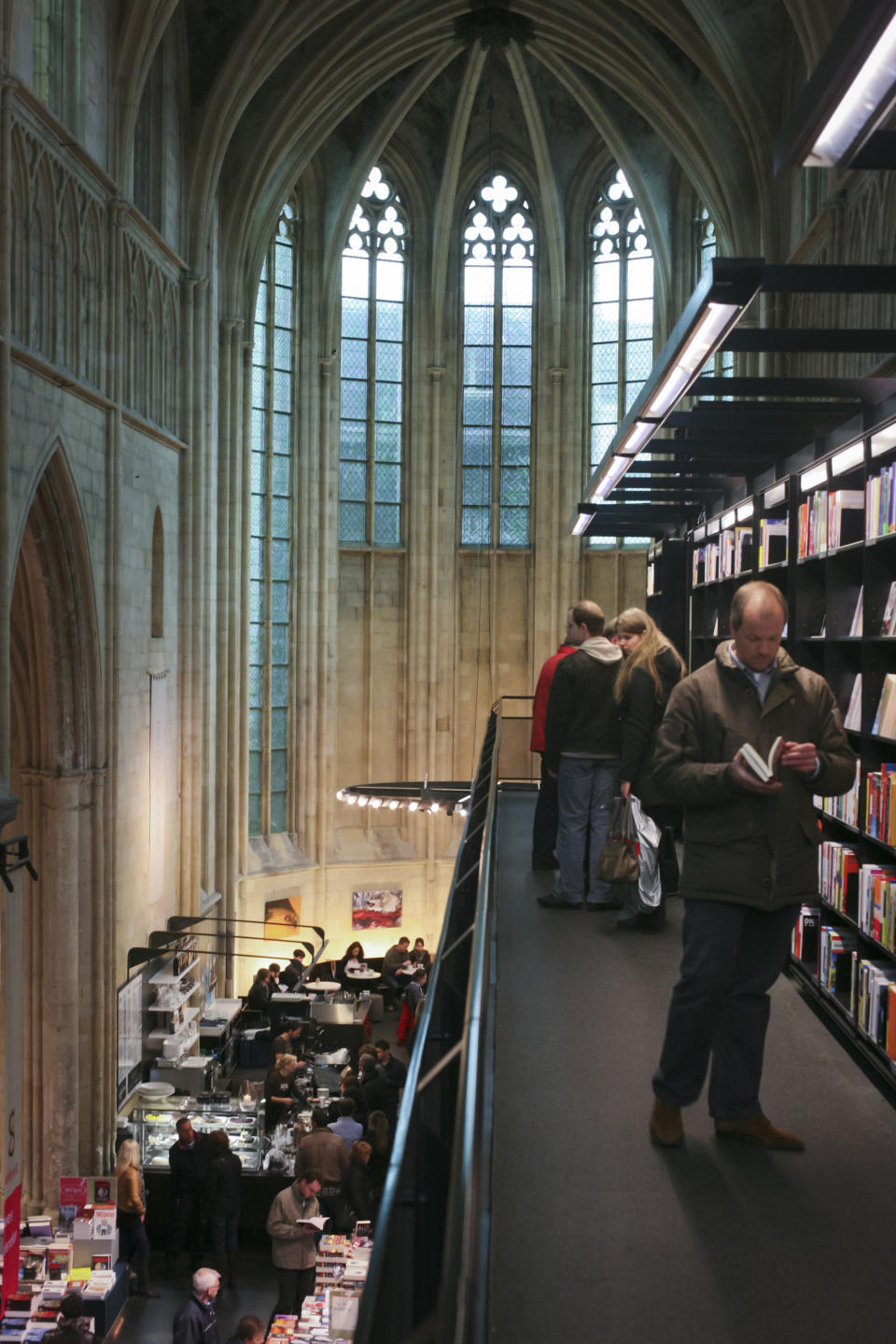
Trouw’s investigation into converted church buildings comes during a time of increased secularization in Dutch society. In 2017, the number of religiously unaffiliated people in the Netherlands surpassed the number of religious folk for the first time in history (51% vs. 49%), according to government data.
Many formerly religious Dutch people say they left their religion because they no longer believe in its teachings, according to the Pew Research Center. A significant number also claimed they just “gradually drifted away.”
Simon Richter, a professor of Germanic languages and literatures at the University of Pennsylvania, said he believes the trend toward secularization in the Netherlands is connected to increased quality of life for broad swaths of the population, high levels of education and “a general sense that human rationality can get you pretty far.”
“The drift away from the church set in during the ’60s and hasn’t let up —we’re talking at least three generations of resolute drift in the meantime,” Richter wrote in an email.
The Catholic Church, which has a stronger presence in the Netherlands than Protestant denominations, has also been facing a serious priest shortage, according to Jeroen Dewulf, a professor of Dutch studies at the University of California, Berkeley’s Institute of European Studies.
“Many churches have been standing empty for years and they are so costly to maintain that alternative destinations for these churches have been sought,” Dewulf told HuffPost.
Another reason for the emptying churches is Netherlands’ religious history, according to Hans Oosterhoff, a minister in the Protestant Church in the Netherlands, the country’s largest Protestant denomination.
For example, he said there were many divisions between Protestant denominations in the Netherlands in the 19th century, which meant members prioritized worshipping in the churches of their specific denominations. These old denominations are now uniting, Oosterhoff said, meaning the churches members built previously are becoming redundant.
“While secularisation is the main cause of churches becoming superfluous, there can be many different reasons why this or that church is being sold or demolished,” Oosterhoff wrote in an email.
Richter said he’s not surprised that people in the Netherlands are making creative use of the increasing number of empty churches.
“Space is at a premium in densely populated Netherlands; churches whether they have heritage status or not tend to be landmarks in the urban landscape and therefore there is reluctance to tear them down,” he wrote. “Dutch design and architecture love challenges of this sort.”
In the northern part of the country, a former Dutch Reformed church has been converted into a holiday vacation rental. In the south, a large neo-Gothic church has been transformed into a gym.
One of the most famous redevelopments occurred at a 13th-century Catholic cathedral in Maastricht, in the country’s southeast. Now known as the Boekhandel Selexyz Dominicanen, the church has been converted into a bookstore. Before that, the cathedral was reportedly used as a warehouse, an archive and even a bicycle shed.
This article has been updated with comments from Simon Richter and Hans Oosterhoff.
Also on HuffPost
Love HuffPost? Become a founding member of HuffPost Plus today.
A Church-Turned-Bookstore in Maastricht, the Netherlands

The church was transformed by the Amsterdam-based architects Merkx+Girod and now houses a three-storey bookshelf.
Scroll down for images of Boekhandel Selexyz Dominicanen.


A Church-Turned-Bar in Dublin, Ireland
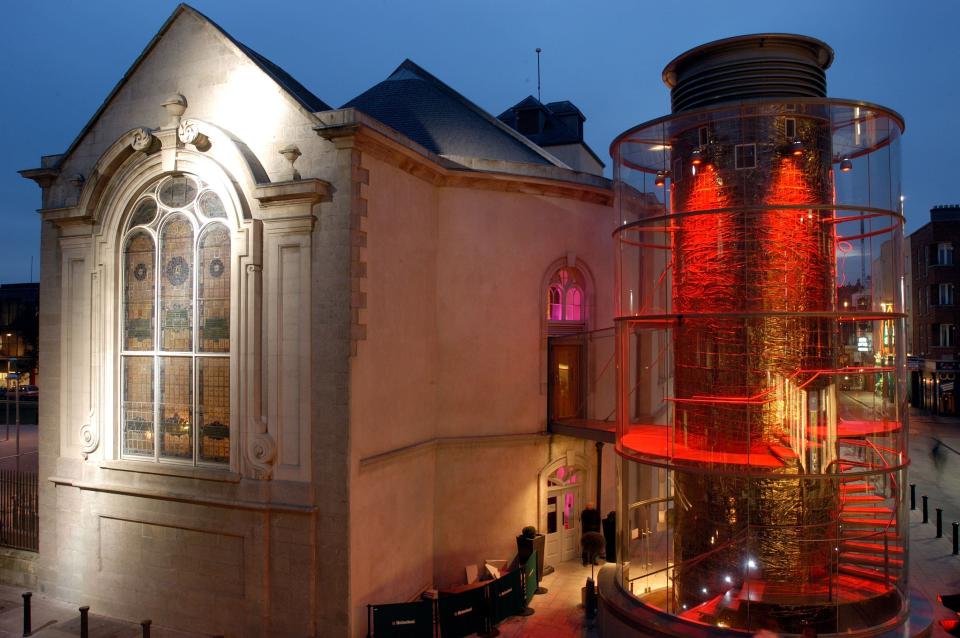
The gorgeous Renatus Harris organ inside The Church was once played by George Frederic Handel, and Arthur Guinness, the founder of Guinness Brewery, was married in this sacred space back in 1761.
Scroll down for images of The Church.




A Church-Turned-Marketplace (And Many Other Things) in New York, New York
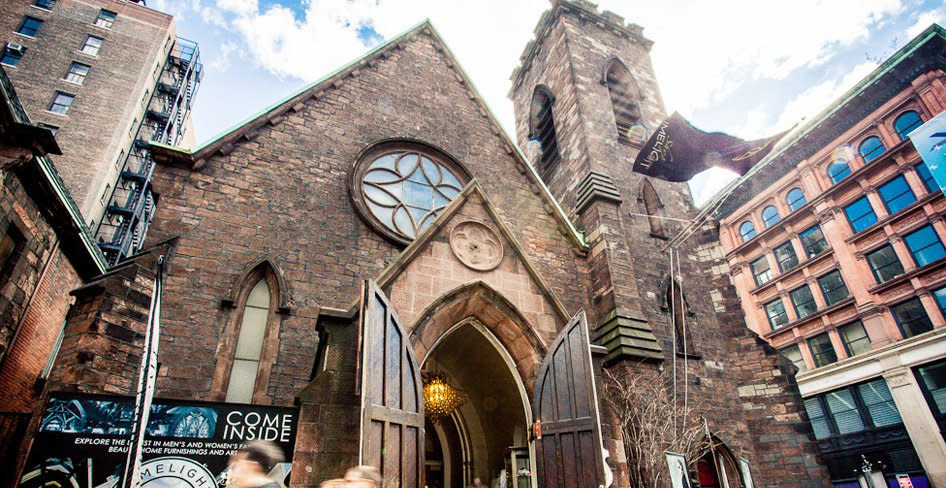
The building has been used as a commune, a nightclub (whose opening-night party was hosted by Andy Warhol), an upscale urban mall called Limelight Shops, and recently a Chinese restaurant.
Scroll down for images of this former Episcopal church.


A Church-Turned-Residential Home in Victoria, Australia
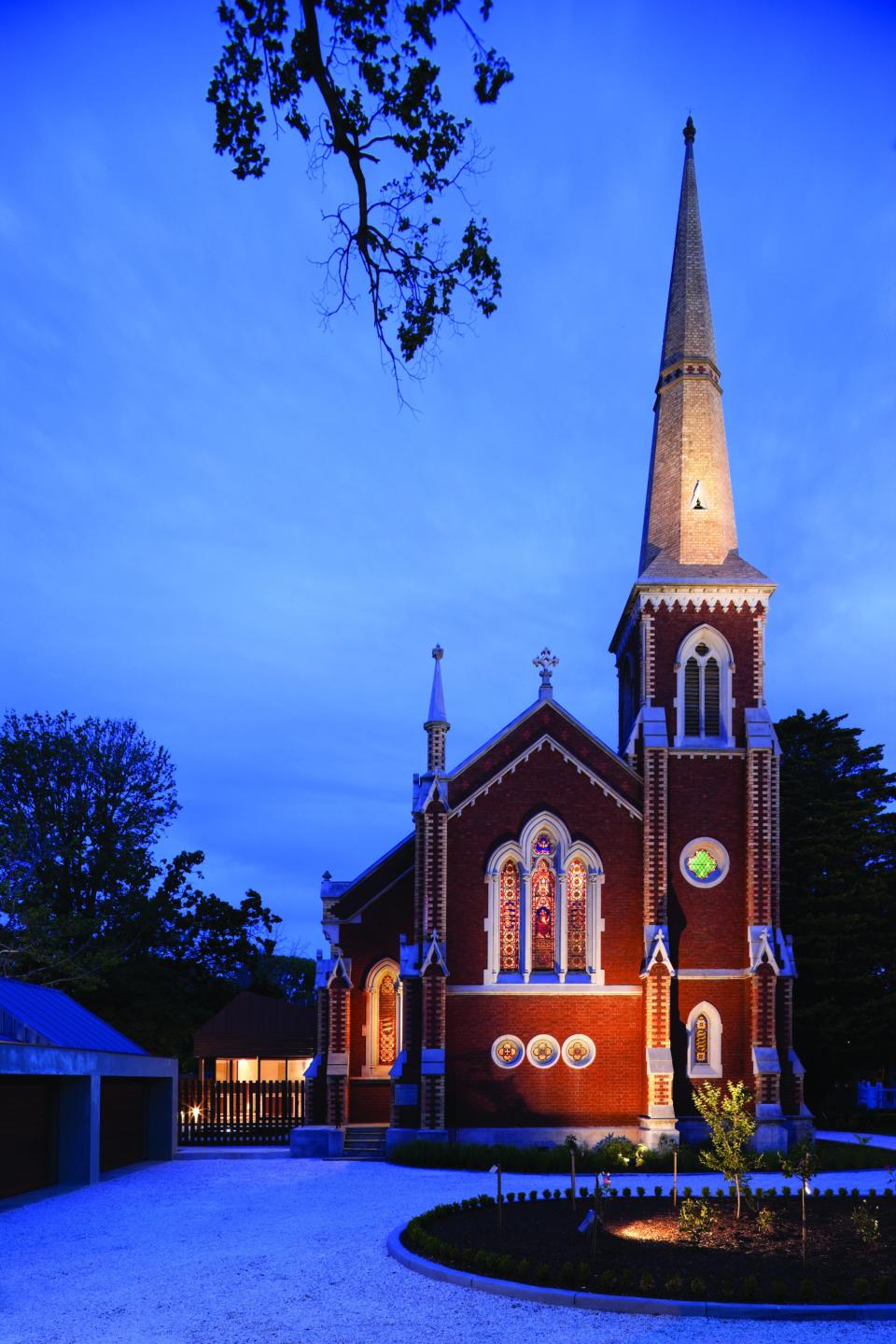
Scroll down for images from inside the renovated Knox Church.












A Church-Turned-Apartment Complex in Brooklyn, New York
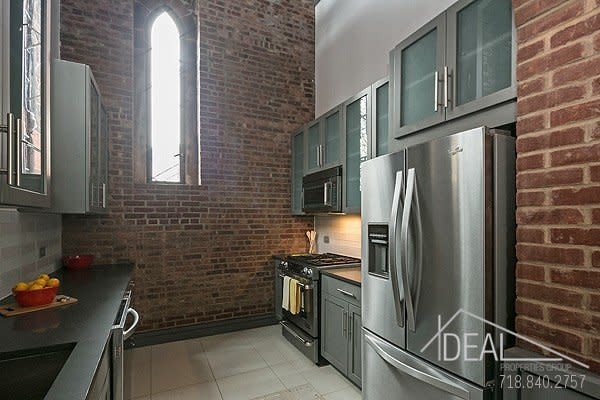
Scroll down for images from inside the renovated St. Mark's Protestant Episcopal Church.






A Church-Turned-Home in Belfast, Maine
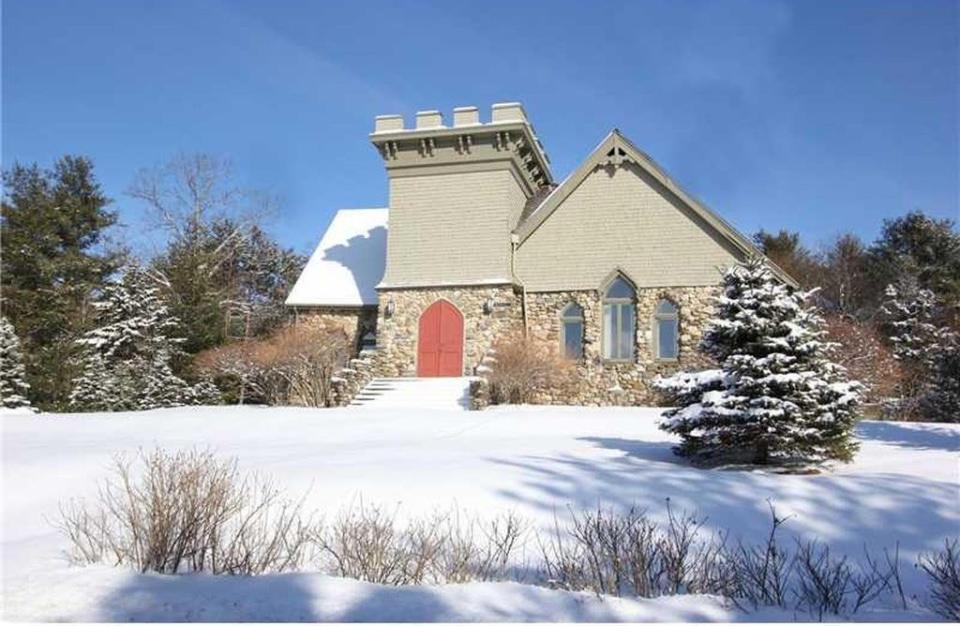
Scroll down for images of the Little Stone Church.



This article originally appeared on HuffPost.

